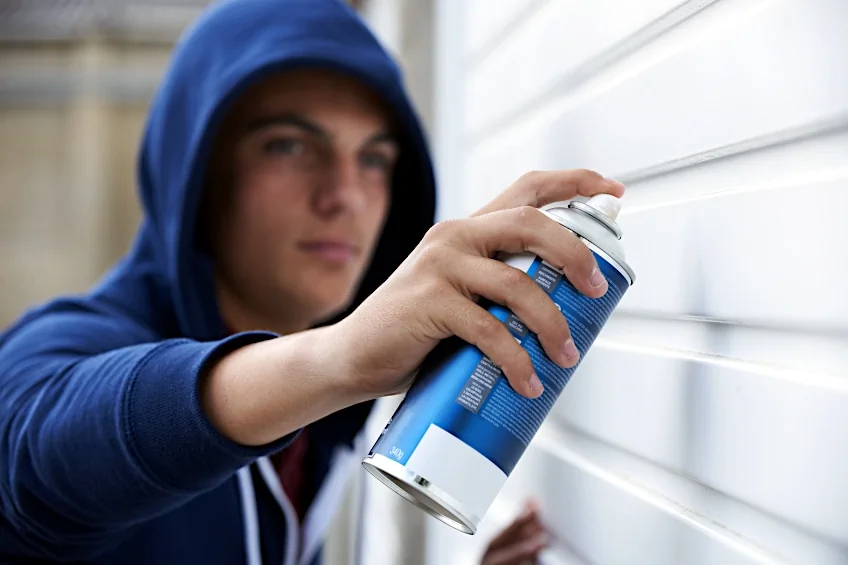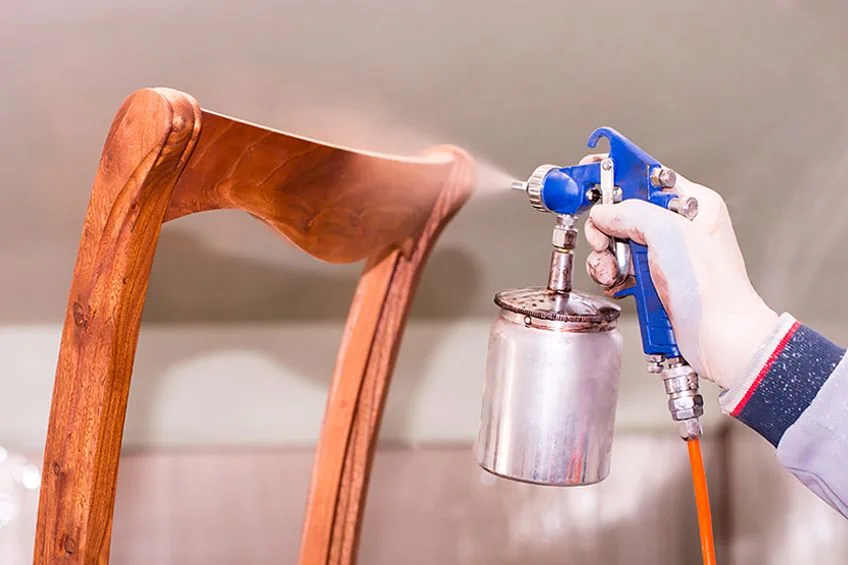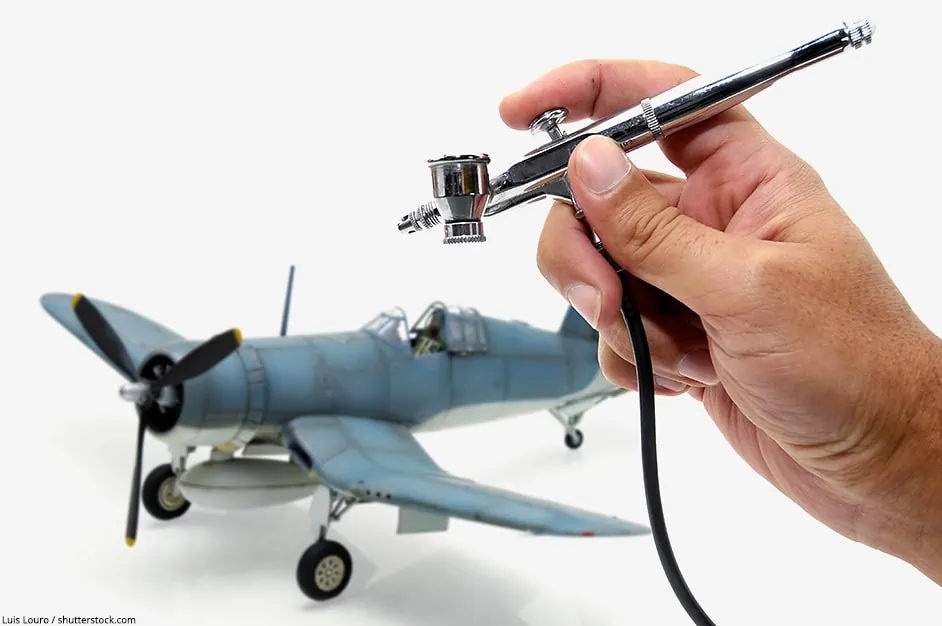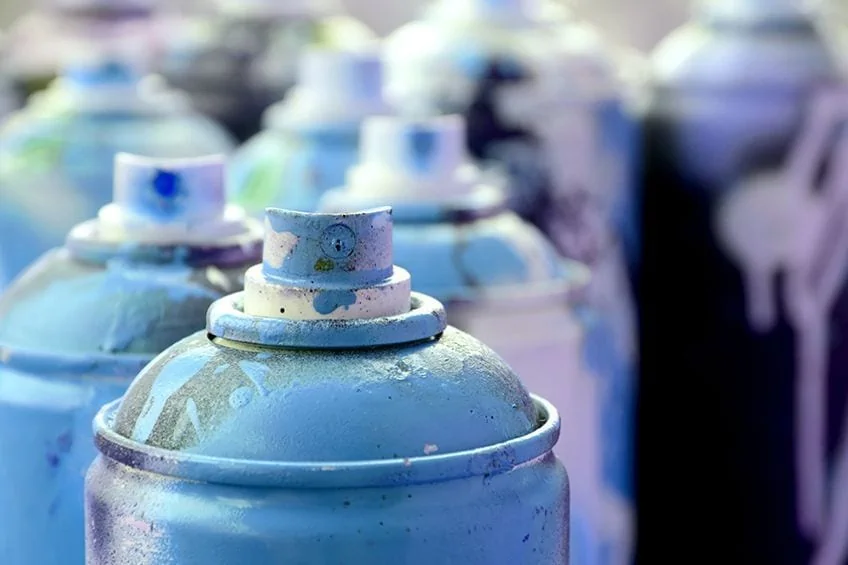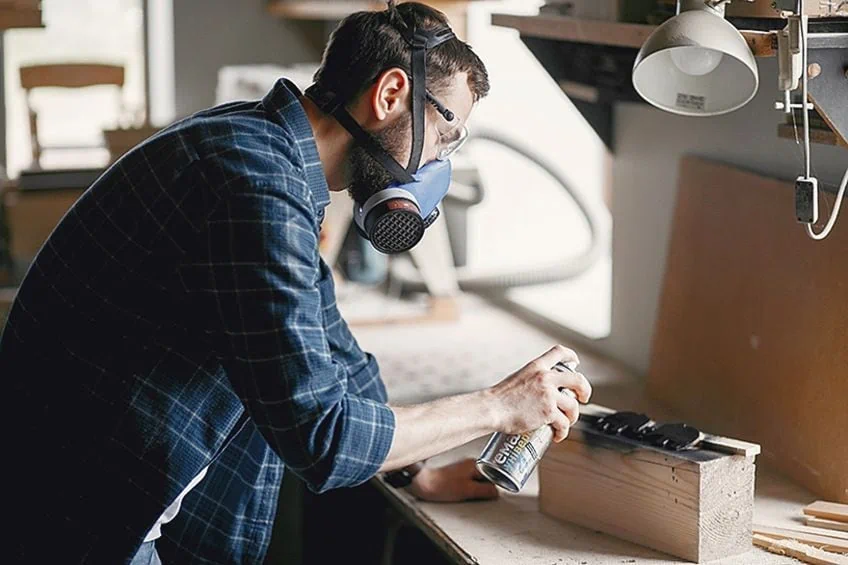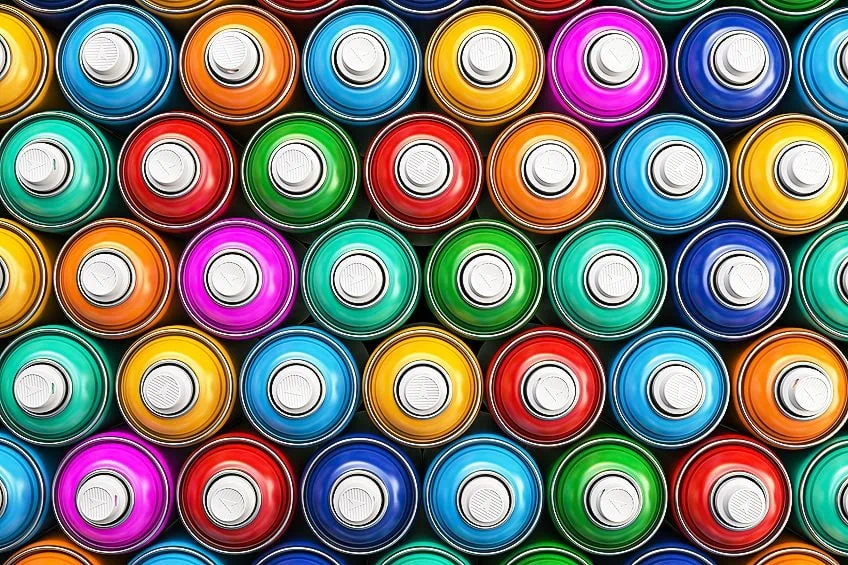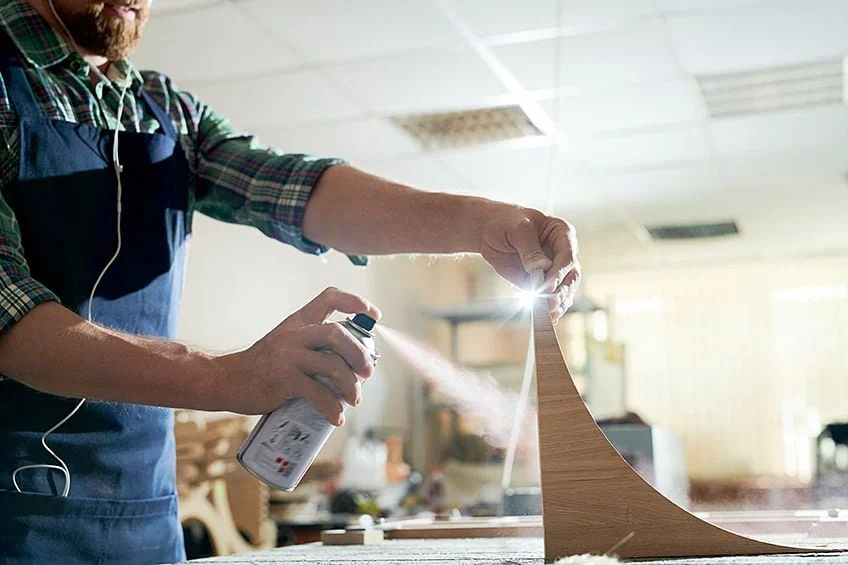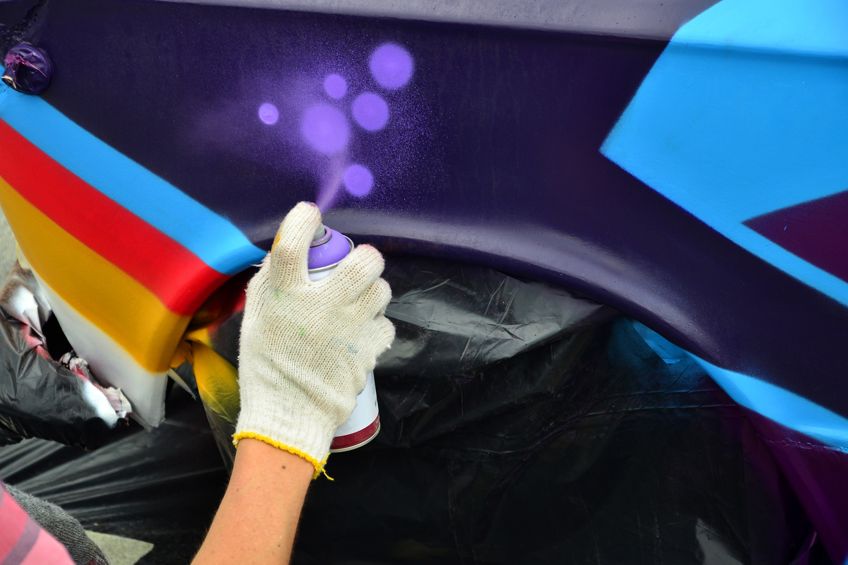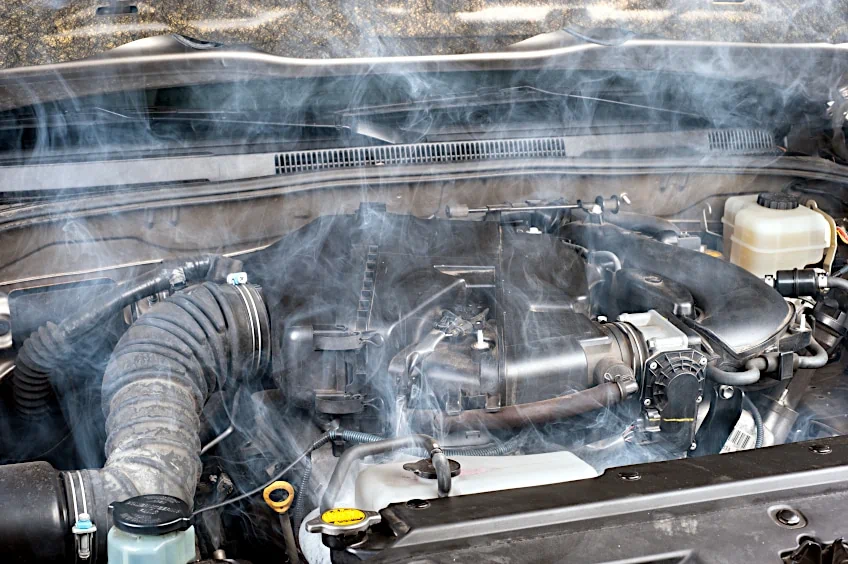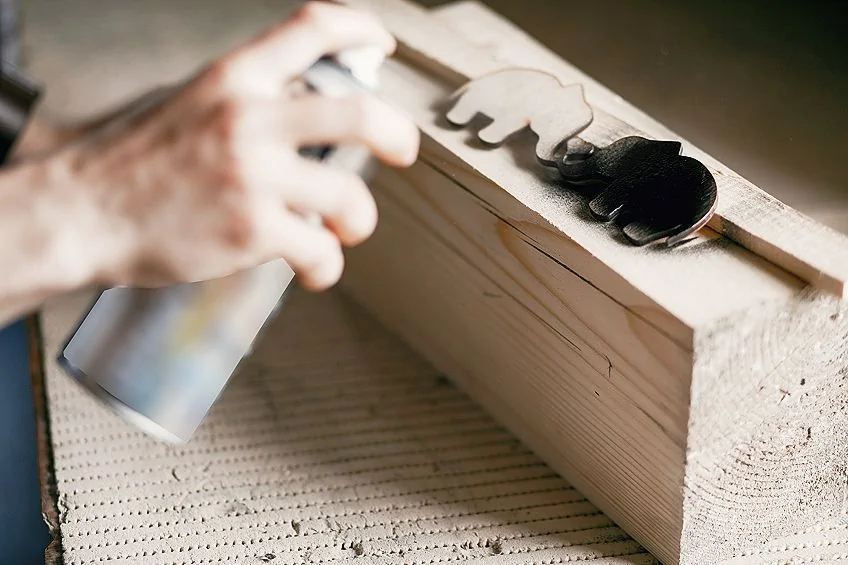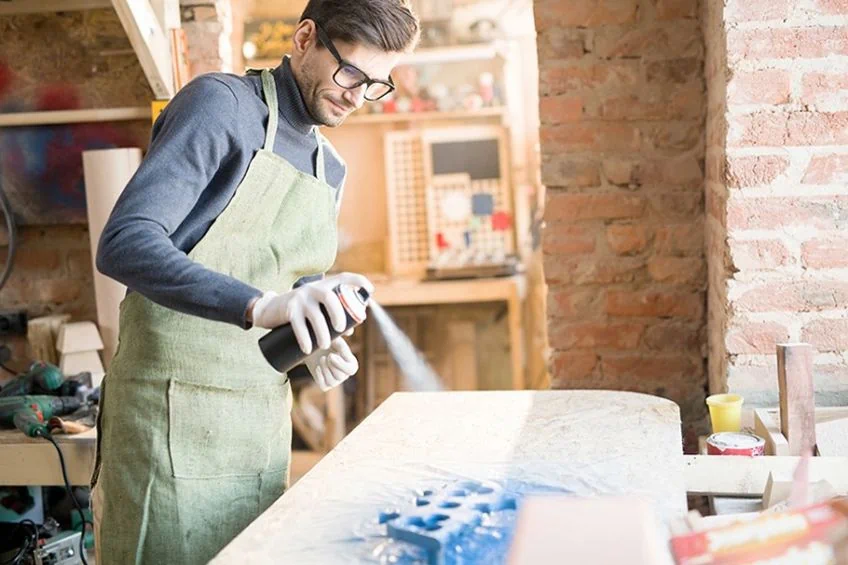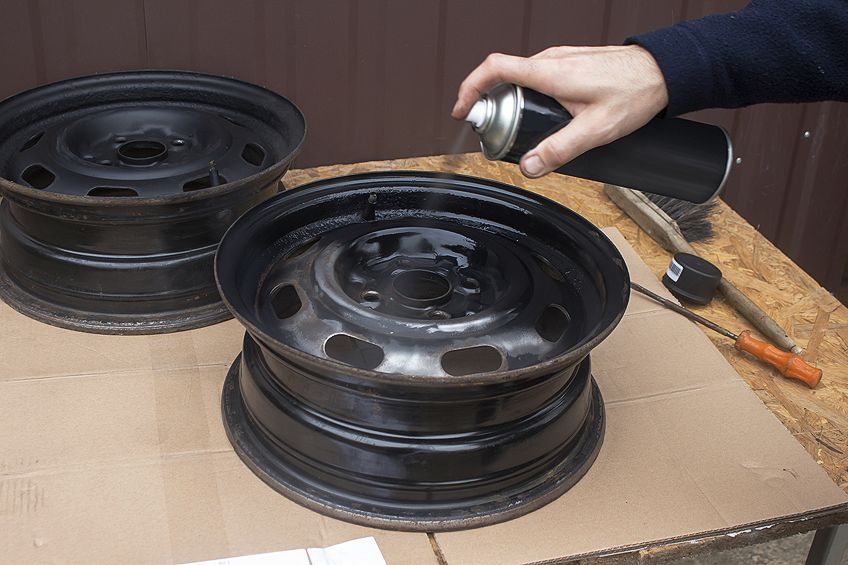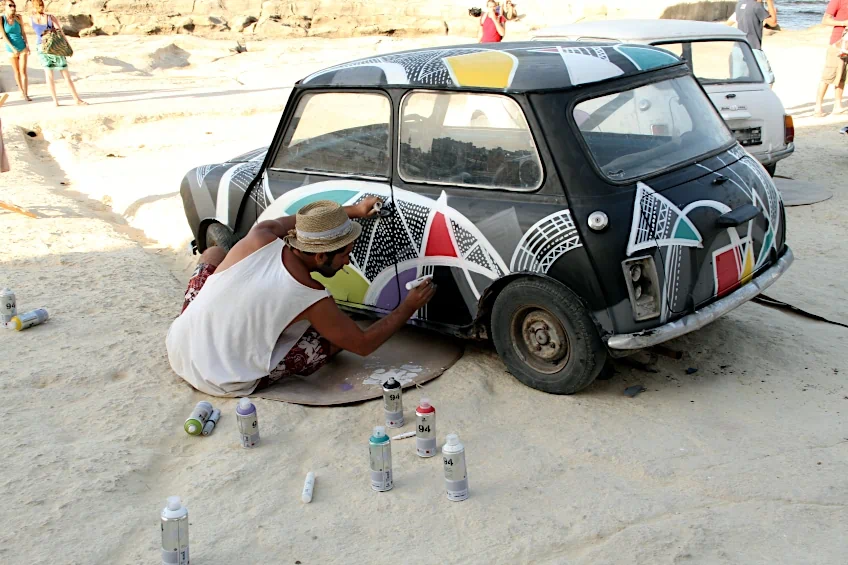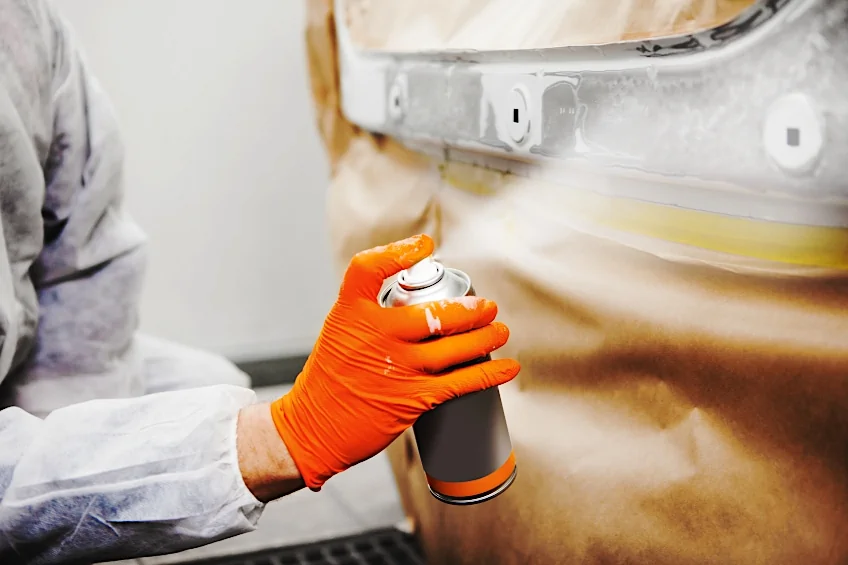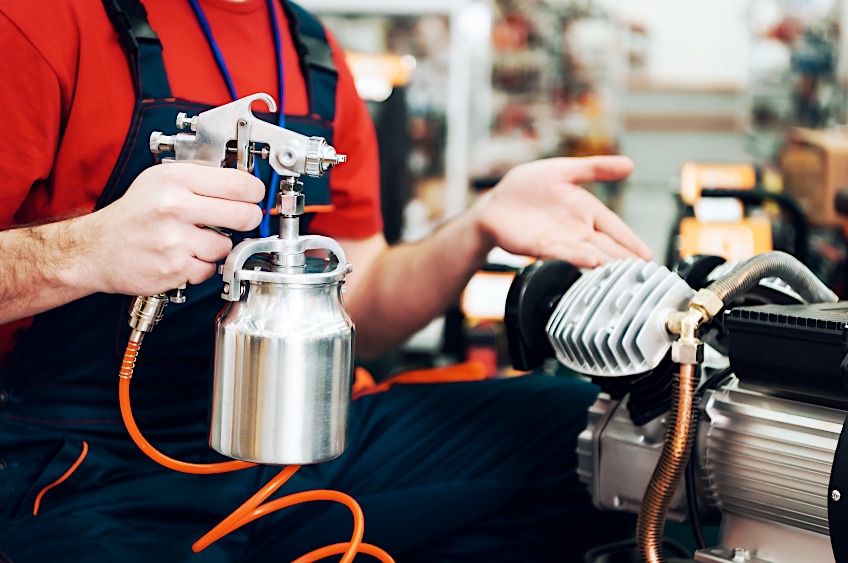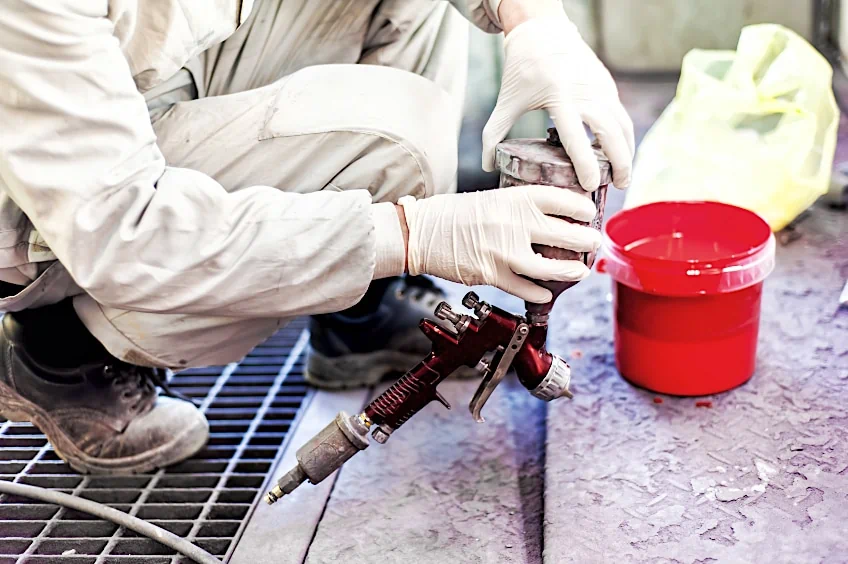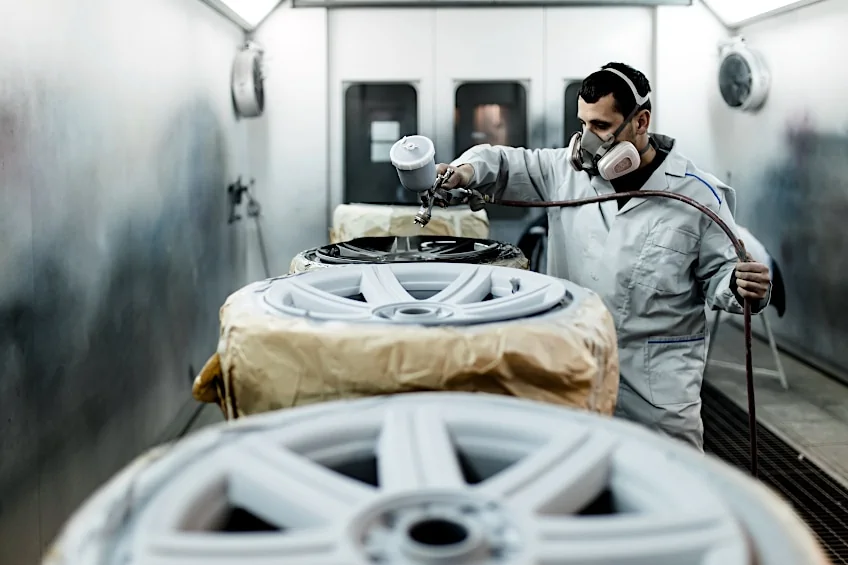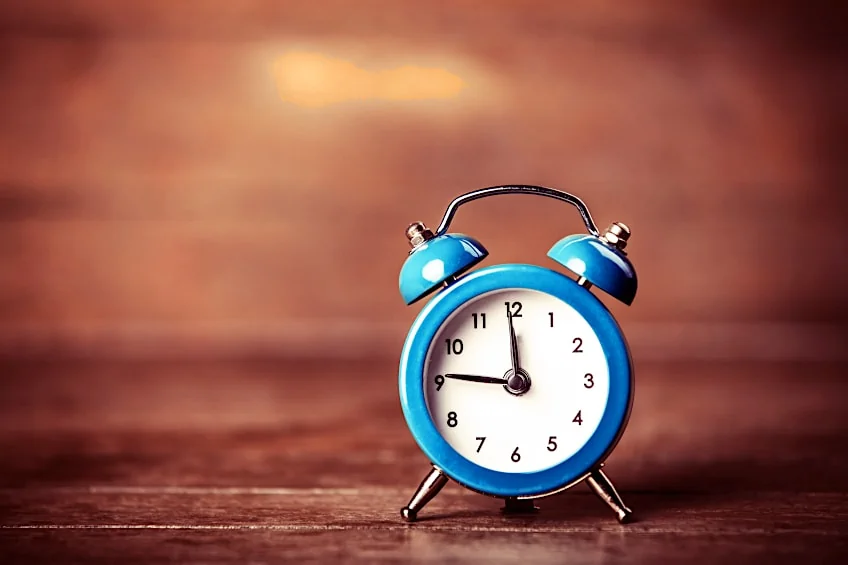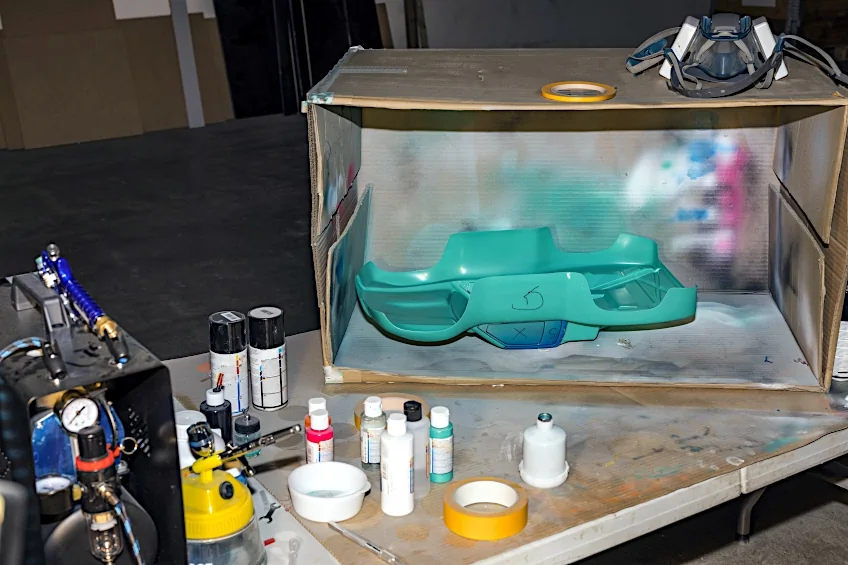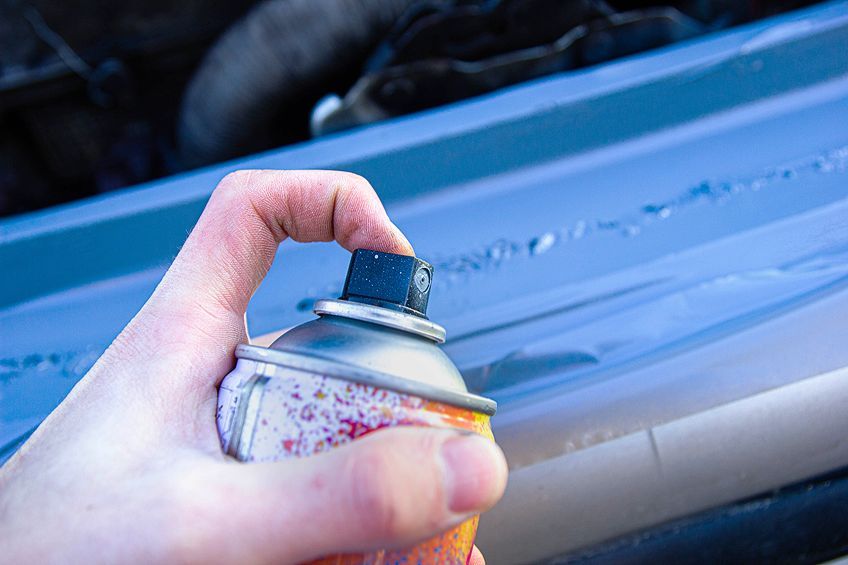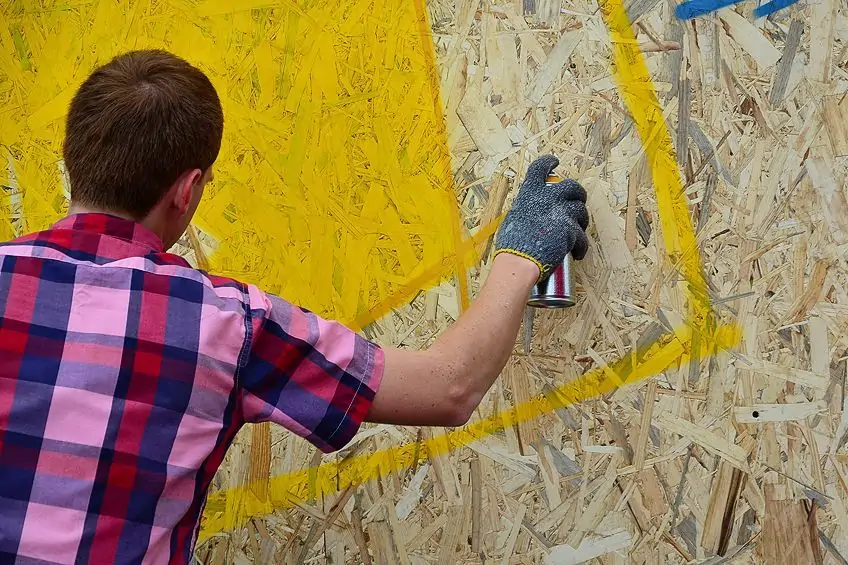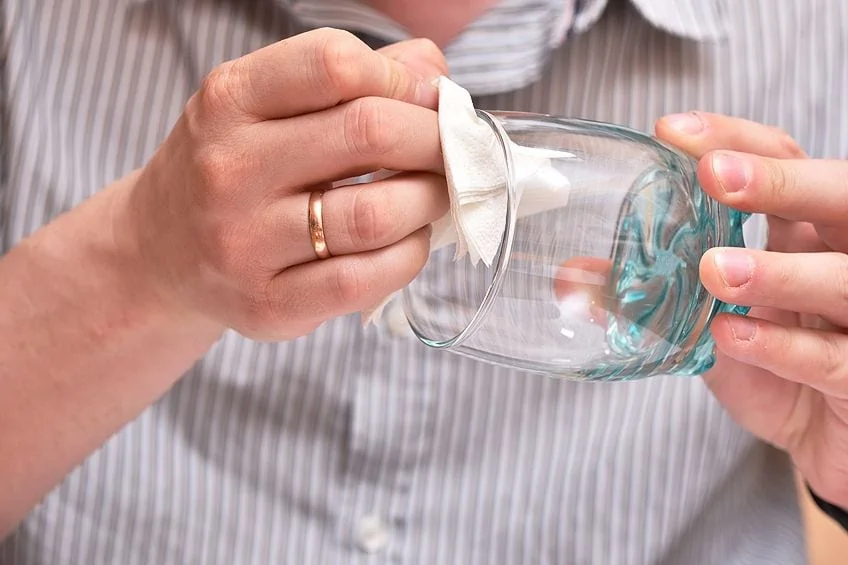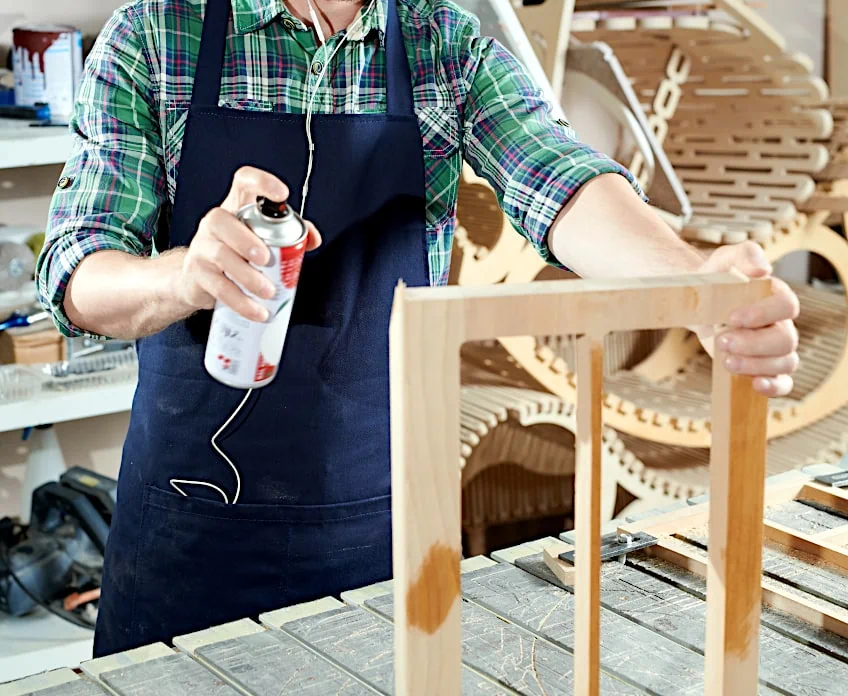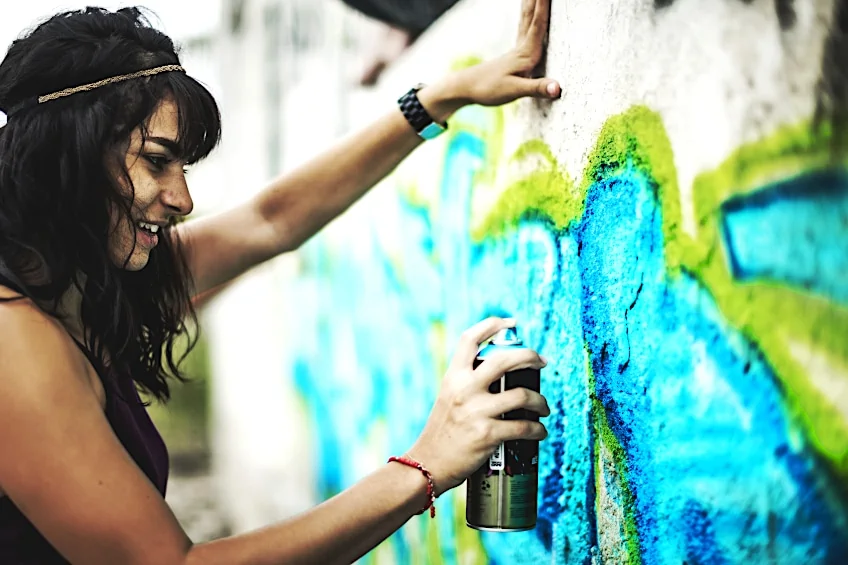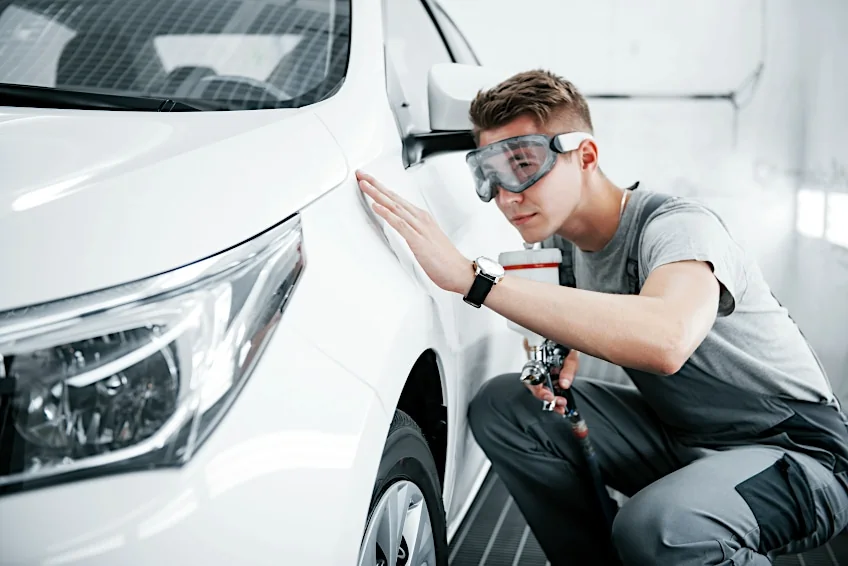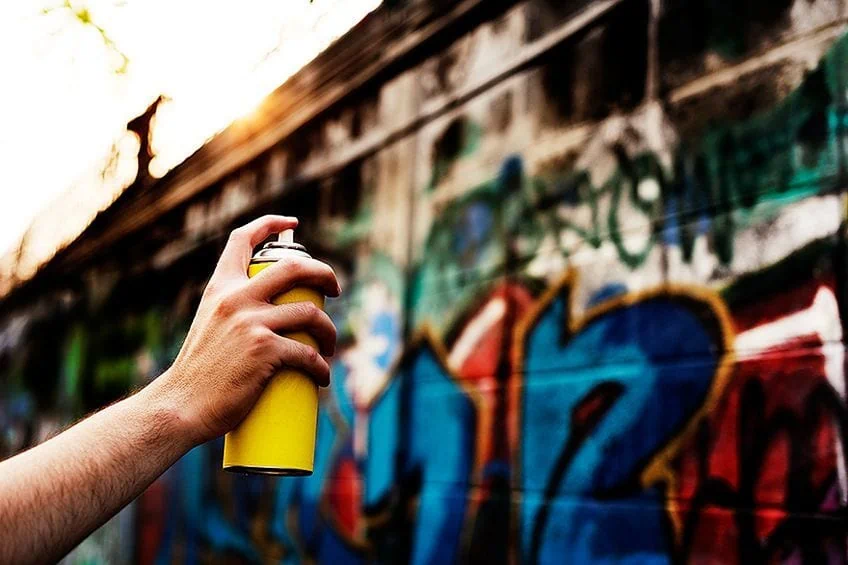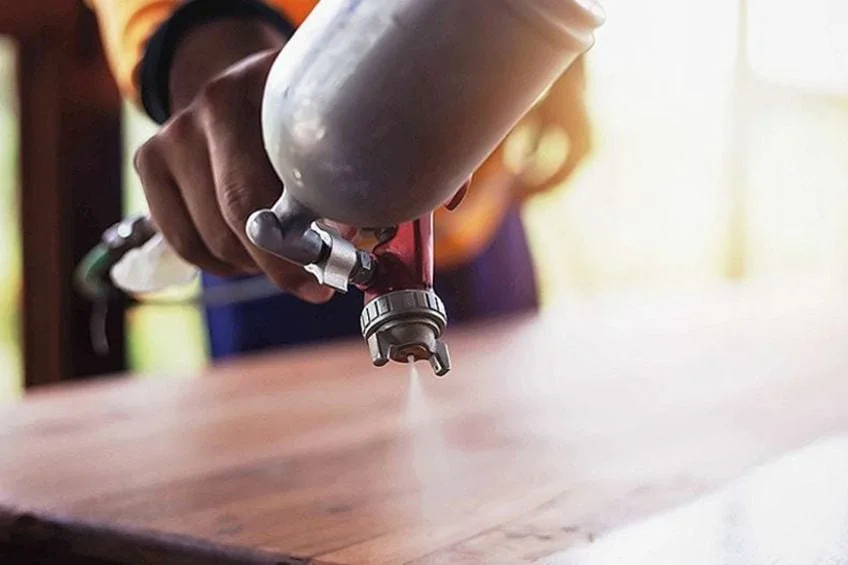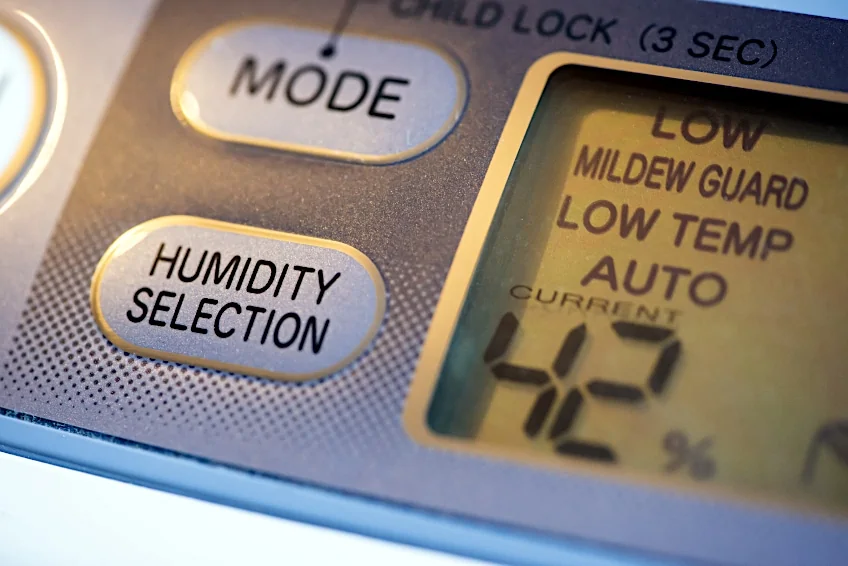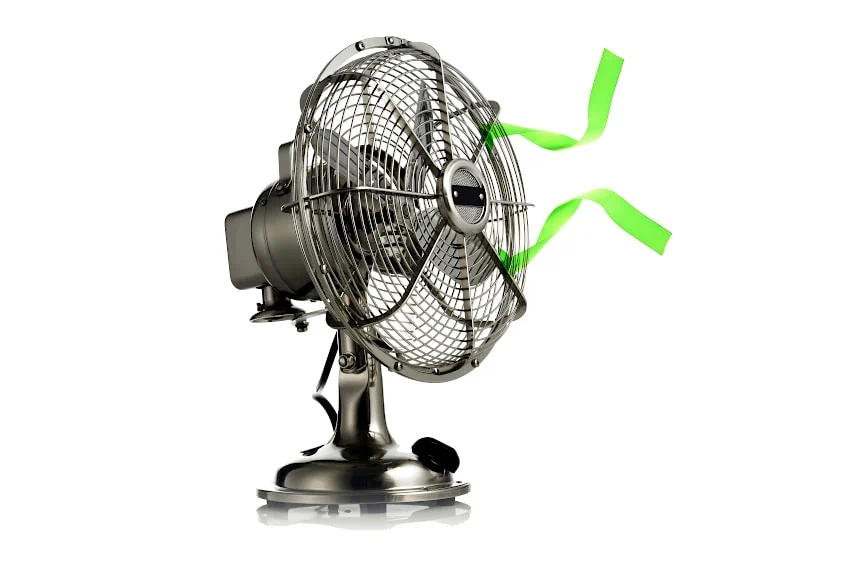How Long Does Spray Paint Take to Dry? – Spray Paint Cure Times
This post may contain affiliate links. We may earn a small commission from purchases made through them, at no additional cost to you. You help to support resin-expert.com
In today’s modern living, everything must be instant, which is why spray paint is so popular, because it dries so much faster than most other paints. However, factors such as the type of spray paint you are using, atmospheric conditions, and the thickness of your paint layer can all affect drying time. This is important to know, because as in all painting, you need to wait for the paint to dry before you can apply a second coat. Do it too soon, and you can completely ruin your paint job. And after you’ve applied the final coat, using the painted item before the paint has completely cured can be equally catastrophic. Luckily, we are here to help and answer the question of “how long does spray paint take to dry?”
Table of Contents
What Is Spray Paint?
Spray paint has been around since the late 19th century. The purpose behind it was to make use of a painting tool that gave you an even and smooth finish. Spray painting is versatile, portable, and affordable, which makes it ideal for furniture, home décor, and vehicles. The painting job is done in half the time and provides a superbly smooth finish compared to the old traditional paintbrush method. Spray painting is a technique that uses a device to spray the paint through the air onto the surface you want to paint. The most common devices used for this purpose are spray guns and airbrushes or aerosol spray paint cans.
Spray Guns
In 1887, Joseph Binks used this principle to paint the walls of a store white, using the first spray gun. However, it was not the same aerosol and pressure spray paints that we use today. Spray guns generally use more paint and larger equipment than an airbrush system and are used more for covering larger surfaces with an even coat of paint. They can be fully automated or hand-held and usually come with interchangeable tips that allow you to spray different patterns.
Airbrushes or Aerosol Cans
The airbrush or aerosol spray cans were invented in 1927, but the spray paint can was only created in 1949 by Edward Seymour. Airbrush systems are all hand-held and are used more for detailed work like photo frame touch-ups, fine art, or even painting nails. When the airbrush first came out, many were very skeptical about its performance and doubted if it would last long. However, today it is used by professional contractors, painters, and anyone who wants to paint at home.
Spray Paints in a Can
If you are looking to breathe some new life into old used furniture, change the color of your shutters, or paint a pattern on a vase, then spray paint in a can is the way to go. Spray paints can be purchased in different finishes and can be applied to metal, wood, glass, plastic, canvas, and masonry.
Spray paint contains a solvent like hydrocarbon toluene, which evaporates very quickly at room temperature. When the solvent evaporates, then two things happen, the paint you applied dries, and the chemical vapors are released into the air. So, wearing protective gear is important, because if you inhale these fumes, it can cause major health issues.
Spray Paint Finishes
Not only does spray paint come in different colors, but it also has a variety of different types of finishes. This is one of the options you need to consider when going to buy your spray paint, what type of finish do you want to achieve.
- Flat Finish: This type of finish will leave you with a completely matte finish, with no shine or gloss.
- Semi-Gloss Finish: This finish is in between the matte and gloss finishes.
- Gloss Finish: This finish leaves you with a fairly moderate type of gloss finish, that is not too shiny.
- High-Gloss Finish: This gives you the highest level of gloss in spray paints, leaving you with a shiny or mirror-like coat.
- Satin Finish: This type of finish, also referred to as eggshell paint, will leave you with a low-sheen and medium gloss finish.
- Metallic Finish: The metallic finish spray paint makes the surface highly reflective, giving you the appearance of metal.
Types of Spray Paints
Depending on what project you are busy with, the type of spray paint you will be using will greatly affect how your job turns out. There are a variety of types of spray paints and each one has a specific use and finish. Let us see what some of these types of paints are, and what results they are going to provide.
Lacquer Spray Paint
This type of spray paint will provide you with a protective, durable, and hard finish that is clear and can withstand scratches. The paint will give you excellent protection on surfaces like wood, plaster, metal, and lots more, but requires multiple layers of paint to be effective. This is why it is not so well-liked anymore.
Lacquer spray paint is suitable for picture frames, furniture, lampstands, and much more. The paint dries within three hours but needs 48 hours to cure before applying the next coat. Remember to always read the manufactures instructions for the drying and curing times. This type of spray paint can also come in a water-based version, making it more popular and less harmful.
Epoxy Spray Paint
Epoxy spray paint is filled with polymers and adhesives, and once it has been sprayed, it forms a durable and waterproof coating that can resist any household stains and grease. The paint can also weather up to cleaning materials and can adhere to a variety of surfaces. The paint comes in all kinds of different colors that can match any kind of surface you want to decorate.
There is a special epoxy spray paint that is designed especially for metal and can be applied to cars or kitchen appliances. The paint can also come in a clear finish if you do not want to change the color of your item but just want to give it a protective coat.
Epoxy spray paint dries very fast, and in about five minutes it will be dry to the touch. After one hour, it will cure so you can apply the next coat. Remember to always read the manufacturer’s instructions for the drying and curing times.
Enamel Spray Paint
Enamel spray paint is solvent-based and versatile, as it can be applied to a wide range of surfaces. It is also very durable, leaving you with a hard glass-like finish. The paint is often used on outdoor furniture, as it can withstand harsh weather conditions. In the industrial sector, it is used to cover kitchen appliances like refrigerators, and washing machines, and surfaces exposed to high heat such as engine blocks, and stoves.
Enamel spray paints leave you with a uniform and smooth finish, which is resistant to yellowing. This is why it is great for protecting metal surfaces. Enamel spray painting is fairly easy, making it a task that anyone can attempt for repairs, for example, to kitchen appliances. However, it can also be fairly expensive.
Enamel spray paint takes around ten to thirty minutes to dry to the touch and about eight hours to cure before you can apply the next coat. Again, always read the manufactures instructions about curing times.
Acrylic Spray Paint
Acrylic spray paints consist of color pigments that are suspended in an acrylic polymer blend. These paints are water-based, non-toxic, and are used mainly in the arts and crafts industry. You can add different types of paints mediums, to make it thicker or dry faster. Many other options are also available to you.
Acrylic spray paints are very versatile and can be applied to various types of surfaces such as paper, wood, canvas, stone, plastic, glass, fabric, and metal. When painting on most surfaces, you can apply the paint directly, while some other surfaces such as metal may need a primer applied first. Acrylic spray paint is more suited for smaller items and decorative objects.
Acrylic spray paint is very easy to clean, as all you need is a little warm water and soap. This paint is also a lot cheaper to buy than enamel spray paint. Acrylic spray paint takes about 10 to 20minutes to dry to the touch, but you will have to wait for around one hour for it to cure so you can apply the next coat.
Oil-Based Spray Paint
Oil-based spray paint is very popular amongst professionals and e DIY enthusiasts. This is mainly due to all its advantages like providing great coverage, minimal to no need for a primer, and it is very resistant to corrosion and chipping.
This paint is very versatile and can be applied to almost any surface such as tin, plastic, metal, wood, terra cotta, mirrors, glass, ceramics, masonry, plaster, canvas, laminate, concrete, particleboard, and MDF (Medium-density Fiberboard), you name it, and you can paint it with oil-based spray paint.
This spray paint is very flexible, and you can use it to decorate all kinds of furniture pieces. However, you should be careful not to use it where the surface will come into contact with food. It is a lot more durable than latex paint and is easy to clean up, but it has a limited selection of colors. The paint also produces a strong odor when applied, so you need to use it in an area that is properly ventilated.
Oil-based spray paints are very easy to clean up and have a drying time of around eight hours to the touch and you need to wait for around 24 hours for it to cure so you can apply the next coat.
Polyurethane Spray Paint
Spraying polyurethane gives you a much better result than using a brush, as a brush could create bubbles and leave brush marks on the surface. The paint will give you a brilliant, clear, and durable finish for any of your DIY projects.
Polyurethane spray paint comes in oil and water-based options, and both of these options will offer you a durable and great surface finish. However, you need to take into account that the water-based option dries much quicker, at about two hours, while the oil-based paint takes about five to 12 hours to dry. Oil-based polyurethane spray leaves you with a dark glowing and shiny finish and requires fewer coats than water-based spray paint.
You need to also consider the harmful fumes that the oil-based polyurethane emits, so using the water-based paint is a lot safer. Polyurethane spray paint will dry to the touch in about one to two hours but is only properly cured in about 24 hours before you can apply the next coat of paint.
The spray paint cure time is such an important factor in the outcome of your project. So, we have compiled a short table to help you understand all the drying times. This includes when the paint dries to the touch and when it cures, enabling you to apply the next coat of paint.
| Type of Spray Paint | Drying Time to the Touch | Curing Time for Applying the Next Coat of Paint |
| Lacquer Spray Paint | Three hours | 48 hours |
| Epoxy Spray Paint | Five minutes | One hour |
| Enamel Spray Paint | 30 minutes | Eight hours |
| Acrylic Spray Paint | 20 minutes | One hour |
| Oil-Based Spray Paint | Eight hours | 24 hours |
| Polyurethane Spray Paint | Two hours | 24 hours |
How Does Spray Painting Work?
Spray painting is the best and most popular method used for applying paint to specific surfaces. This is because it is extremely versatile, economic, and easy to use. There are, however, many different methods that you can use. To be able to select the best method for your project, you need to understand how spray painting works. Here we will be showing a few of the most important and popular methods you can use.
How Aerosol Cans or Airbrushes Work
The aerosol cans are constructed from lightweight aluminum or steel and consist of a nozzle, dip tube, pea, and valve. When manufactured, the cans are first filled with the paint and then a gas propellant is added. The valve is crimped onto the can trapping the gas propellant in the can. When you depress the nozzle, the mixture of paint and propellant is forced up the dip tube due to the sudden change in pressure. The paint then exits the nozzle. The dip tube acts just like a straw, as one end is attached to the valve, and the other end lies close to the bottom of the can.
Once the paint mixture passes through the nozzle, the propellant expands, and the paint is atomized and forms a fine mist. These paint particles are positively charged and repel each other, while the surface object is negatively charged, allowing the paint to adhere to its surface, leaving smooth layers of paint without much waste. The pea, which is a small metal ball bearing, helps to keep the contents of the can properly mixed, which is why you need to keep shaking the can. This mixes the two ingredients and does not allow them to settle on the bottom of the can.
This method of spray painting is used extensively by the DIY enthusiast and anyone that wants to do odd jobs around the house, or for those kids’ school projects. Aerosol can spray paint can be a great tool to use with excellent results.
How a Spray Gun Works
The application of spray paint using a spray gun is more suited for the automotive and industrial industries, as it is a method that is used for covering larger areas with paint. However, nothing is stopping the ordinary householder to use a spray gun for painting furniture or the house walls and roof.
A spray gun is a device that makes use of compressed air, which then atomizes the paint and directs the particles of paint onto a surface. The spray gun is attached by an air hose to a compressor, which can vary in PSI (Pounds per Square Inch), depending on the type of material and gun used. The average pressure range is 40 to 80 PSI. This pressure can be regulated on your compressor or using an air regulator attached to the spray gun. There are four different types of sprayers like the following.
- Pressure
- Siphon
- HVLP (high volume low pressure)
- Gravity feed system
When it comes to the pressure paint sprayer, the paint is pressurized and then released, allowing the paint to flow out, with the siphon the paint that is in the reservoir is sucked up and pushed through the nozzle. With the gravity feed spray guns, the paint uses gravity to allow it to flow out. Lastly, the HVLP (high-volume low-pressure) spray guns use low pressure to create a high volume of paint, thus reducing the overspray and making it very efficient.
The paint you are going to spray is stored in a reservoir, which can vary in shape or size as well as position. The air cap is the part that allows you to use different patterns for spraying, by allowing air to flow in and atomize the paint that will flow out.
The air cap can have different nozzles, which allows you to control the paint flow so you can be very precise. You can also change the spray pattern by making certain adjustments that are necessary for the different kinds of paint you will be using. Lastly, you have the fluid needle that is attached to the trigger of the spray gun, and this controls the flow of the paint. As you press the trigger, it opens the air valve allowing the paint to flow. The harder you press the trigger, the more the paint is allowed to flow out.
This form of applying paint to surfaces is not limited to painting houses, cars, boats, canvas, paper, and graffiti, but it is also applied in the cosmetic field. Since sunbeds have been linked to skin cancer, beauty solons have turned to tan spray guns, where the chemical solution is sprayed onto the skin, giving a perfect tan without going out into the sun.
Drying Time for Spray Paint on Different Materials
All types of materials have a certain texture, which is either smooth or rough. Some of these textures you can see with the naked eye, while some you need to feel and touch, and others are only visible under a microscope. A general guideline is that if the texture of the material is smooth, it will take the paint longer to dry, and if it is rough the paint will dry faster.
How Long for Spray Paint to Dry on Plastic?
After about 20 to 30 minutes the paint should have dried to the touch, which means that if you touch it, the paint will not come off on your finger. You then go ahead and apply another coat. However, the paint will only completely dry in around three hours, which also depends on what type of paint you use, but high-quality, wash-resistant paint is ideal for this purpose.
How Long Does Spray Paint Take to Dry on Metal?
Spray paint will dry on a metal surface fairly quickly, in about 10 minutes or less. However, you need to take environmental factors into account as well. This means that the spray painting in high humidity and warm weather will dry quicker, but if you are painting in high temperatures, then your spray paint dry time will take a lot longer.
How Long to Let Spray Paint Dry on Wood?
Spray paint usually takes a fairly long time to dry when applied to a wooden surface due to absorption, as the wood is very porous. To arrive at an exact time for wood is very difficult because the wood has so many variables, but it will normally dry to the touch within one hour and will only fully cure within 24 hours.
How Long Does Spray Paint Take to Dry on Cardboard?
Due to the soft texture of cardboard, the paint will outlast the material, but the drying time of that spray paint on the cardboard is fairly quick and should dry within 15 minutes. However, for this type of result, you need to apply the paint in an area that is properly ventilated.
How Long for Spray Paint to Dry on Glass?
Spray painting on glass windows, mirrors, or glass jars can be a little tricky, as streaking and ripping are easily visible. The trick is to apply the paint as thin as possible and apply as many coats or layers as you can. The paint should dry within 15 minutes, allowing you to apply the next coat, but it will only cure within 24 hours.
How Long to Let Spray Paint Dry on Rubber?
You may be planning to spray paint a rubber ball for some special sporting event, for example. You need to plan well in advance for this, as a rubber surface is very porous and will take some time to dry properly. You should be able to use your rubber item within 24 hours after application. At times, it is very difficult to give an exact time for the paint to dry on various material surfaces, as there are so many variables that need to be considered. Let us now have a look at some of these variables.
- When using oil-based paint it will take longer to dry than using water-based paint.
- When you apply the paint with a brush, it will take longer to dry than when you apply it with a paint sprayer.
- The thicker you apply the paint layers, the longer it takes to dry. Apply thinner layers, which speeds up the drying process. However, if you apply thinner layers of paint, you will have to apply more layers than with thicker coats.
- Spray painting in high humidity will increase the drying time of your paint.
- Opening the windows in your room and allowing a draft to flow through, or switching on the fan, will reduce the spray paint dry time.
- Using a primer before you spray paint will also affect the drying time, as most primers dry within one hour. So, you can start painting within an hour, irrespective of what type of surface you are spraying on.
Stages of Dryness
To properly understand how your spray paint dries, we must first understand the difference between drying time and curing time. The drying time is the time your spray paint takes to dry to the touch, allowing you to apply the next coat. The curing time is the time the paint takes to dry completely so you can use the item. There are four stages of dryness that we will be discussing now.
Surface Dryness
This is the stage when the solvent in the paint evaporates and the paint is dry, which means if you touch it the paint feels very sticky. With surface dryness, the paint on the surface may feel dry, but if the surface is porous, then the paint is still wet underneath, and if you push harder the paint will come off on your finger.
Touch Dryness
At this stage, the paint is no longer sticky and will not come off on your finger and the paint is touch-dry. You will now be able to apply the next coat of paint but remember that each type of material surface is different, and you need to consider this aspect.
Hard Dryness
At this stage of dryness, the paint is dry enough and will not come off, but the paint surface can still be damaged when you apply some pressure with your finger. For example, your fingerprint will show on the surface, and you need to wait longer for a complete cure.
Thorough Dryness
At this stage, the paint is completely cured, and applying pressure with your finger will not leave any fingerprint behind. With your project properly cured, you can start to use and enjoy your painted item as the surface is now hard and durable.
How to Increase Spray Paint Dry Time
This is a very important factor, as you may be very busy and do not have any spare time available, or you need the space that your project is taking up for something else. So, is it possible to speed up the spray paint dry time?
Apply Thinner Coats of Paint
When you apply thinner layers of paint, there is less paint on your surface so it can dry quicker. This may speed up the drying time, but when applying thinner coats, you may have to apply more layers. This means that it could also take up some of your time and delay your project. Never be in such a hurry that you start to apply the next coat before the previous coat is dry, as this can only damage your job and cost you even more time.
Apply Some Heat
The warmer your working area is, the quicker the paint will dry. If you are working indoors, then turn up the thermostat on your house, turn on the heater, or use a hairdryer. Another recommendation if you are working indoors is to use a dehumidifier to reduce the humidity inside. Keep the windows closed, as the spray paint in cold weather takes much longer to dry. If you are working outdoors, then choose a warm sunny day, with very low humidity.
Circulate the Air
If you are working indoors, then try turning on the fan, which could be ceiling fans or heavy-duty fans, as the circulation of the air will speed up the drying time by increasing the evaporation. You could also just open some windows if you have a slight breeze blowing. However, you need to ensure your fan is clean, as any dirt or dust will stick to the paint and spoil your project. We also recommend you only switch the fan on after the paint is touch dry.
Use Furniture Polish
Applying some wax-based furniture polish will assist in drying the paint more quickly. After applying the spray paint to your object, spray a light coat of furniture polish over the surface and allow it to dry for a few minutes. Apply the next coat, this will help in reducing the drying time of your paint.
Some Tips to Help With Spray Painting
Many people think spray painting is for your house, car, boat, or furniture, but you can use spray paint for almost anything. People have spray-painted pillows, lamps, vases, sneakers, and much more. Just a few coats of paint can change anything into something great and useful. You may just need a few good ideas or tips to get you going.
- Surface preparation: This is by far the most important factor to consider before you start to paint, as failing to do this will result in spoiling your project. You need to prepare the surface properly every time you spray paint any item. This includes sanding and cleaning or degreasing the surface.
- Shake the can: All spray paint cans have instructions telling you to shake the can for about one minute. This is very important as the shaking will mix the propellants with the paint, and if they do not combine properly your paint will come unevenly, which results in clumpy paint.
- Apply Thinner Coats: Applying a couple of thinner coats of paint is far better than applying one single thick coat. Bearing in mind that spray paint will require at least three coats of paint in any case. If you apply thick coats, the propellants do not have a chance to evaporate and then you sit with paint that runs or drips, and it may even cause the paint to crack.
- Temperature control: If you are spray painting indoors, the temperature should be acceptable. The best temperature for spray painting is between 75- and 85-degrees Fahrenheit – if it is too hot the paint will dry too fast, and if it is too cold the paint may not dry at all. If you are spray painting outdoors, ensure you do not paint in the direct sunlight as the sun can cause the propellants to evaporate before they even reach the surface, which will result in your paint forming small clumps.
- Spray evenly: Keep moving the spray can and try not to linger in one spot, as this will result in paint blotches that will be very noticeable when the paint dries. To avoid this happening, keep moving the spray can and change direction from left to right, which will help in not building up paint in one spot.
- Allow the paint to cure: Before you want to use your painted item, it needs to cure properly. You will be able to handle your item within six to eight hours, but the spray paint cure time must be completed, which can take between three to seven days to cure completely. If you want to test your item, just press your fingernail anywhere on the surface and if there is no indent then your item is ready to use and enjoy.
The time it takes for spray paint to dry is dependent on the type of paint you use, the material you are painting on, and the method you are using to apply the paint. The drying time is also affected by the temperature and weather conditions. We hope this article has been of help to you and encourages you to try spray painting.
Frequently Asked Questions
How Many Coats of Paint Are Needed for Spray Painting?
You need to apply at least two to three coats and make sure that you cover the whole area you are painting with each coat. Remember, it is better to apply lots of thin coats than a few heavy coats but try to get the job done as soon as you can.
How Long for Spray Paint to Dry?
The drying time of spray paint can be anything from 30 minutes to a few hours, depending on the weather conditions, the thickness of each coat, the type of material you are painting, and the type of paint you are using. Remember to allow the paint to dry properly before you apply the next coat.
How Long to Let Spray Paint Dry Between Layers of Paint?
You can re-coat your item within the hour, as long as the temperature and humidity are right, and you have applied thinner coats of paint. The item should dry to the touch within 30 minutes, and you should be able to handle the item within one to two hours. The paint should be completely dry within 24 hours. Spray paint in cold weather will take longer to dry.
Can You Paint Over a Spray-Painted Surface?
You will be able to paint over a spray-painted surface as long as that surface is completely dry and cured. You will have to use 100-grit sandpaper to lightly sand the surface, to allow the paint to stick properly, then you can use any type of paint.


